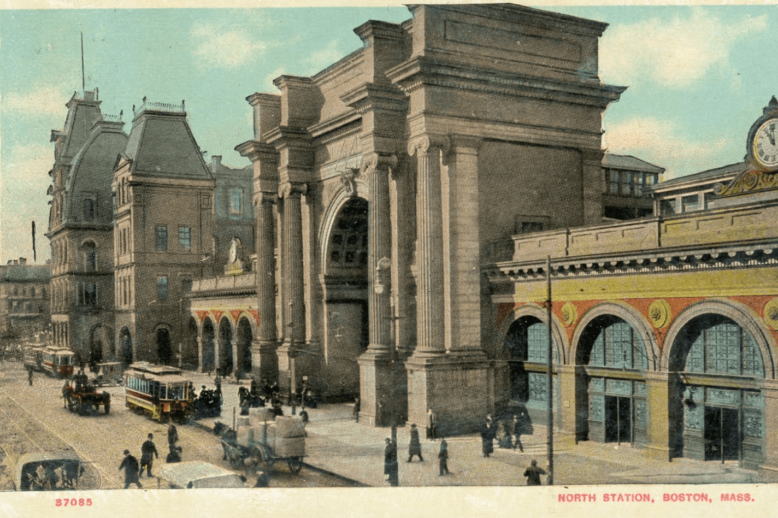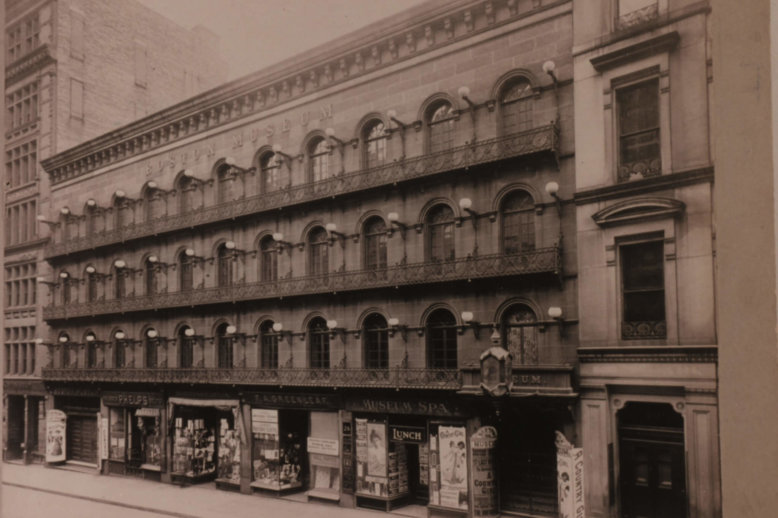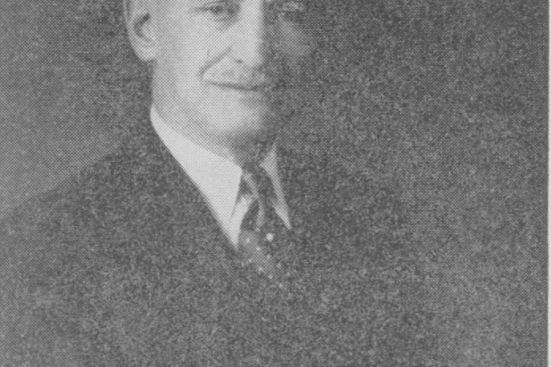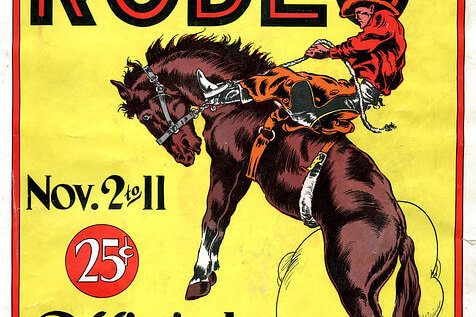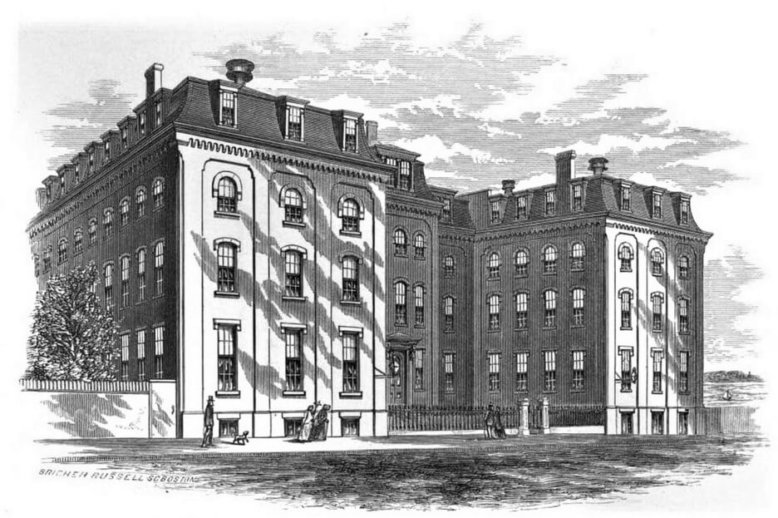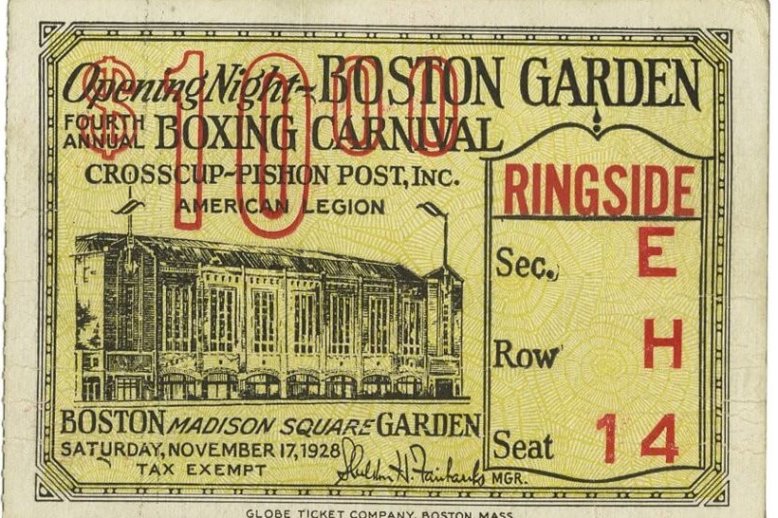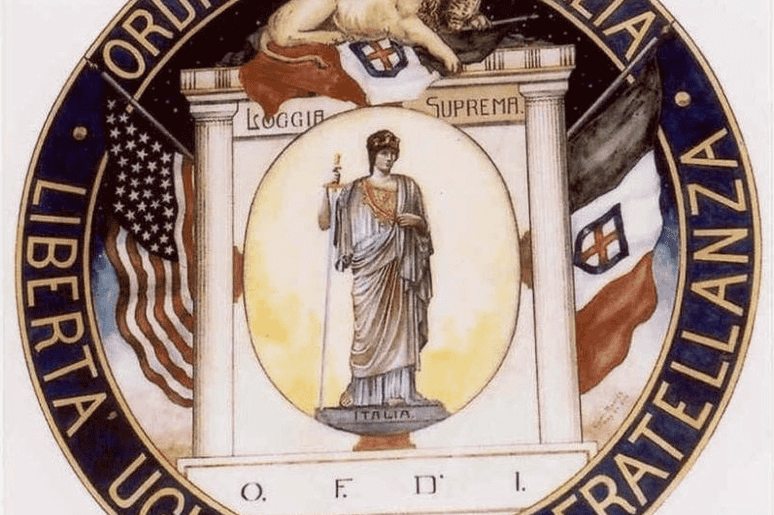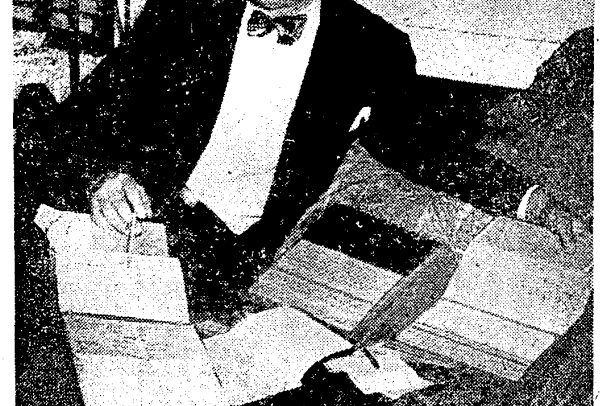Era: Immigrant Neighborhood (~1880-1960)
Immigration, first, second, and third-generation Americans, Settlement Houses, Irish politics, etc.
For tens of thousands of daily commuters, North Station is a final destination to work and a starting point for home. For many others, it is a stop along the way to somewhere else. But few of today’s commuters know that over the past two centuries, there have actually been several train stations in the West End– built in grand style – that predated the North Station we know today.
In an age of ongoing Puritan restrictions on theatrical shows, Moses Kimball founded the Boston Museum as a venue which bowed to the cultural aspirations and respectability of mid-19th Century Boston, but at the same time gave the people what they wanted; live performances. Before the renowned Howard Athenaeum (and later the Old Howard) had opened its doors across the square, the Boston Museum attracted large audiences to the Scollay Square area to witness music, drama, and even moral instruction on stage.
Dr. Charles Wilinsky, a Polish immigrant who cared for West Enders at his private medical practice, founded the neighborhood’s first dedicated health center to centralize disparate healthcare services and educate West Enders in preventative healthcare practices.
In 1931, just three years after its opening, the Boston Garden hosted a new sports phenomenon sweeping the East Coast; the indoor urban rodeos of the kind produced by entrepreneur and cattleman Col. W. T. Johnson. These rodeos in the West End gave eastern sports fans a rare opportunity to relish in the romanticized cowboy image of the bygone American frontier, while also enjoying skillful, and often dangerous, feats of athleticism. Fans of these rodeos were also witnesses to the emergence of professional female sports and the birth of an organized rodeo profession.
The Home for Aged Colored Women was founded in the historic West End, on the north slope of Beacon Hill in 1860. The organization’s objective was to financially support and house elderly and poor Black women being turned away from existing charitable institutions. The organization raised enough funds to build an institution that served the community through the 1940s.
When the gates of the newly-built Boston Garden opened in November of 1928, ticket holders flooded in to witness a world championship match befitting a celebration surrounding the city’s new sports venue. Local boxers from Boston also had the honor of appearing that night, including a teenage amateur champ from the West End named Arthur “Hy” Diamond. Diamond was just one representative of a West End sporting culture whose fame spread far beyond the confines of this small, immigrant neighborhood.
The West End Dante Alighieri Lodge, a chapter of the Order Sons of Italy, was founded on November 28, 1926. The Order Sons of Italy reflected the values held by the West End’s Italian-American immigrant community in the early twentieth century.
Leo H. Stone of the West End founded the “Pin Money Club” after the similarly designed “Pyramid clubs” grew rapidly throughout New England in 1949. Whereas pyramid clubs were “get rich quick” schemes vulnerable to racketeering, Stone’s Pin Money Club was based on smaller payouts and legally legitimate practices.


